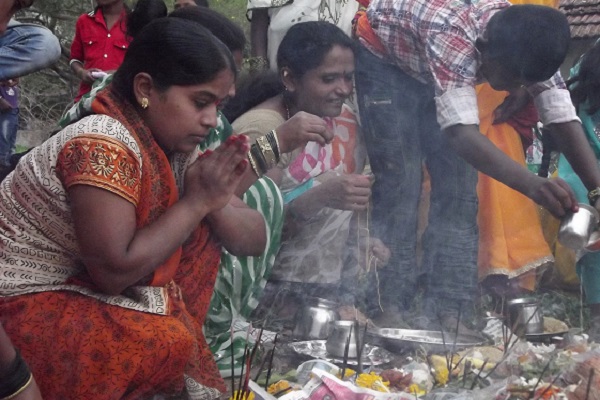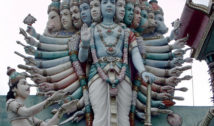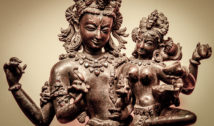
The Hindu Festival of Snakes – Nag Panchami
- By Derek Welch --
- 07 Aug 2016 --

The rituals and significance of Nag Panchami.
Hindu legend has it that Lord Krishna killed the mythical Kaliya, an enormous black serpent, in the Yamuna River. Kaliya had been terrorizing the villagers of the area, and Krishna was sent to tame it. When Krishna emerged victorious, he stood on the snake, leaving footprints that in turn protected Kaliya from Garuda, the Eagle God, normally an enemy of snakes.
The Hindu Festival of Snakes – Nag Panchami[/tweetthis]
This year, Nag Panchami, the holiday which celebrates Hindu worship of snakes and the deed of Krishna, falls on Sunday, August 7.
Historically, snakes and other reptiles were often flushed from their holes during rainy seasons, resulting in many bites for the farmers who live in the area. The snakes often sought refuge from the flood waters in people’s homes, adding to the problems.
So, the worship day of Nag Panchami is celebrated on the fifth day of the bright half of the Lunar month of Shravan (July/August), in hopes of keeping Hindus safe from snakes and their bites.
Warm greetings to all on the auspicious occasion of #NagPanchami. May this day bring joy and happiness to all. pic.twitter.com/Ukyf65w2iJ
— ShivrajSingh Chouhan (@ChouhanShivraj) August 7, 2016
To this day, Hindus worship snakes and are held in high regard, as a tenet of Hinduism is harmony with nature.
Nag Panchami is celebrated all over India and in Nepal, as well.
Some of the most impressive celebrations of worship occur in the village of Baltis Shirale, which is located about 400 kilometers from Mumbai. The people of the village dig up live snakes and store them in pots for a week before the festival. The snakes are fed with rats and milk.
Their venomous fangs are not removed, as the Hindus believe it is unholy to hurt the snakes. On Nag Panchami, the villagers carry the pots on their heads to deliver the snakes to the temple of goddess Amba, where a worship service is offered. Villagers dance to music while other rituals are performed in honor of the snakes.
Once the rituals are complete, the snakes are brought to the courtyard, sprinkled with haldi-kumkum and flowers, and are offered milk and honey before they are released.


















